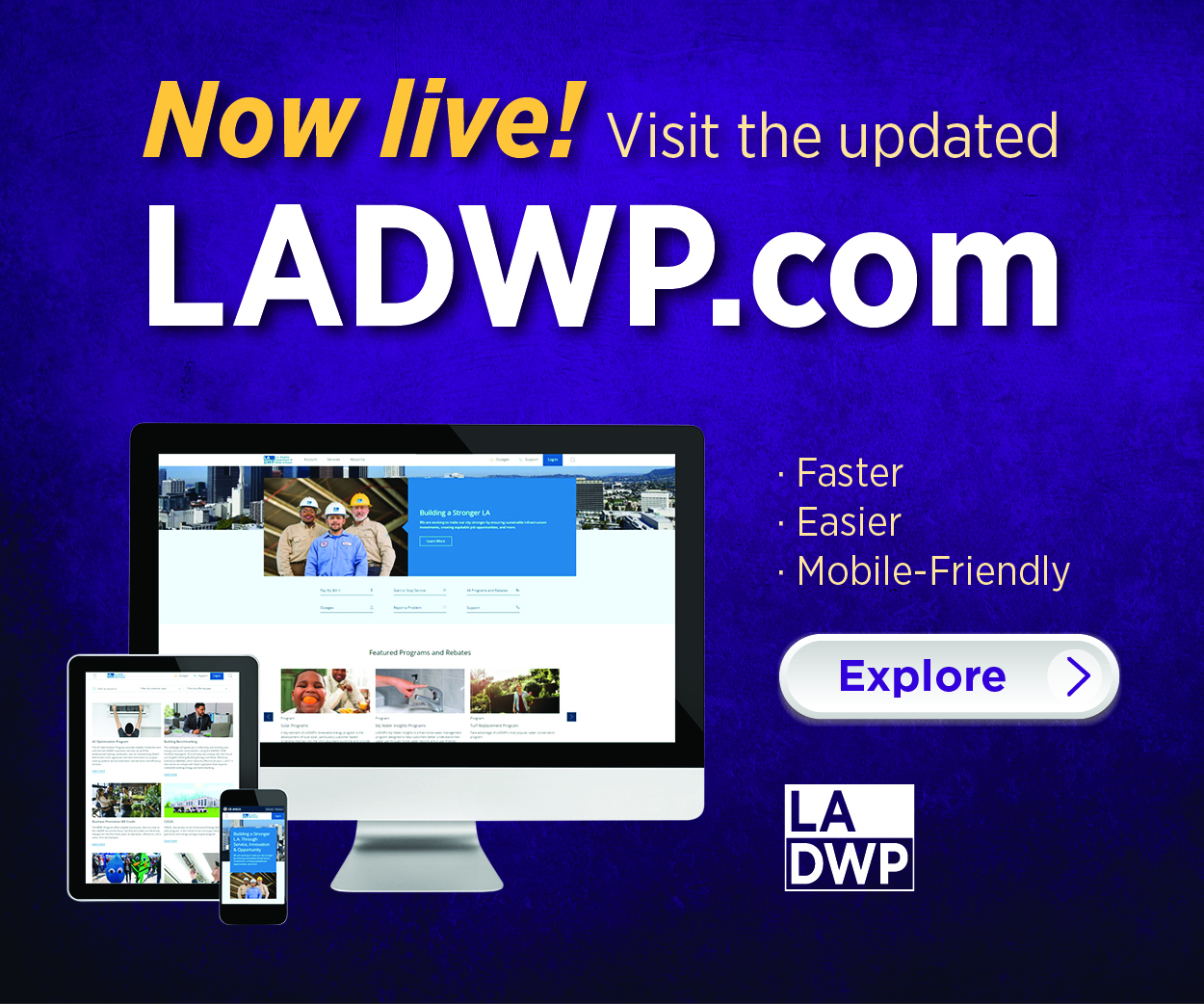Comments
PATIENT CARE - For terminally ill patients facing limited treatment options, accessing potentially life-saving experimental drugs has long been a complex and time-consuming process. However, evolving regulatory frameworks and expanded access programs are now providing faster pathways to unapproved treatments, offering new hope to patients who have exhausted conventional therapies.
The Current Landscape of Expanded Access
The Food and Drug Administration's expanded access program, called " Named Patient Programs” outside of the US, has been the primary avenue for terminally ill patients to obtain investigational drugs outside of clinical trials. Expanded access is a pathway designed to make promising medical products available as early in the drug and device evaluation process as possible to patients without therapeutic options, either because they have exhausted or are intolerant of approved therapies, and cannot enter a clinical trial.
Under current FDA guidelines, several criteria must be met for expanded access approval. From FDA's standpoint, a product can be considered for expanded access (EA), if it meets all of the following conditions: The disease or condition is serious or immediately life-threatening. No comparable or satisfactory alternative FDA-approved therapy exists. Additionally, The application must demonstrate that the patient has a serious or life-threatening condition, no comparable alternatives exist, and the potential benefits outweigh the risks.
The Right to Try Act: A Parallel Pathway
The federal Right to Try Act, signed into law in 2018, created an alternative route for terminally ill patients to access experimental treatments. Right to Try law is another way for patients to access certain unapproved treatments for patients who have been diagnosed with life-threatening diseases or conditions who have tried all approved treatment options and who are unable to participate in a clinical trial.
This legislation represents a significant shift in regulatory approach. The law permits patients who have exhausted other options to access investigational therapies without approval or oversight from the FDA. Unlike traditional expanded access programs, the Right to Try pathway allows direct collaboration between patients, physicians, and drug manufacturers without requiring FDA approval.
Key Differences and Implications
The most notable distinction between expanded access and Right to Try lies in regulatory oversight. While expanded access maintains FDA involvement and monitoring, the Right to Try pathway deliberately bypasses federal oversight in favor of direct doctor-patient-manufacturer relationships. One of the biggest concerns with the federal right-to-try bill is the weakened oversight of the FDA. The bill will allow patients and their doctors to work with drug companies directly to access unapproved drugs that have undergone at least basic safety testing.
Reduced oversight comes with both benefits and risks. Proponents argue it accelerates access to potentially life-saving treatments, while critics worry about patient safety and the lack of systematic data collection. The legislation includes important caveats that shift traditional liability structures. The new proposed legislature has three important caveats: drugs that have never been tested on patients before would be included; no liability is awarded (eliminating the ability of the patient or family member to sue the company); and companies can determine the cost of the therapy.
Historical Context and Evolution
The debate over terminally ill patients' access to unapproved drugs has deep historical roots. In the 1970s, terminally ill cancer patients fought for access to Laetrile, an unapproved treatment, ultimately leading to a Supreme Court case that established strict FDA safety and effectiveness standards. This legal precedent has influenced decades of policy surrounding experimental drug access.
Over time, the FDA has gradually expanded its compassionate use programs, recognizing the unique circumstances faced by terminally ill patients. Though there are channels through which terminally ill patients can access some experimental drugs that have not yet received FDA approval for marketing to the public, in general those drugs must already be proven safe and effective.
Implementation Challenges and Success Stories
Despite the availability of multiple pathways, accessing experimental treatments remains complex. Manufacturers must be willing to provide drugs, patients must meet strict eligibility criteria, and physicians must navigate detailed application processes. Additionally, the manufacturer must be willing to provide the drug, and the patient must be ineligible for any ongoing clinical trials.
Recent success stories have highlighted both the promise and challenges of these programs. High-profile cases have demonstrated how public pressure and advocacy can influence manufacturer decisions, while also revealing the emotional and ethical complexities involved when experimental treatments are denied or delayed.
Future Directions and Considerations
As these programs continue to evolve, several key considerations emerge. The balance between patient access and scientific rigor remains a central tension. While faster access may provide hope for individual patients, the reduced data collection under Right to Try pathways could potentially slow overall medical progress by limiting the systematic evaluation of experimental treatments.
The cost considerations also present ongoing challenges. Unlike traditional clinical trials where sponsors typically cover costs, both expanded access and Right to Try programs may require patients to bear financial responsibility for experimental treatments, raising questions about equitable access.
Conclusion
The expansion of pathways for terminally ill patients to access unapproved drugs represents a significant evolution in medical ethics and regulatory policy. While these programs offer new hope for patients facing dire circumstances, they also raise important questions about the balance between individual access and collective scientific progress.
As these frameworks continue to develop, ongoing evaluation will be crucial to ensure they serve their intended purpose while maintaining appropriate safeguards. For terminally ill patients and their families, these programs represent more than policy changes—they offer tangible hope and additional options during the most challenging times in their lives.
The success of these initiatives will ultimately be measured not just in regulatory efficiency, but in their ability to provide meaningful therapeutic options while advancing our understanding of experimental treatments for future patients facing similar circumstances.
###

















